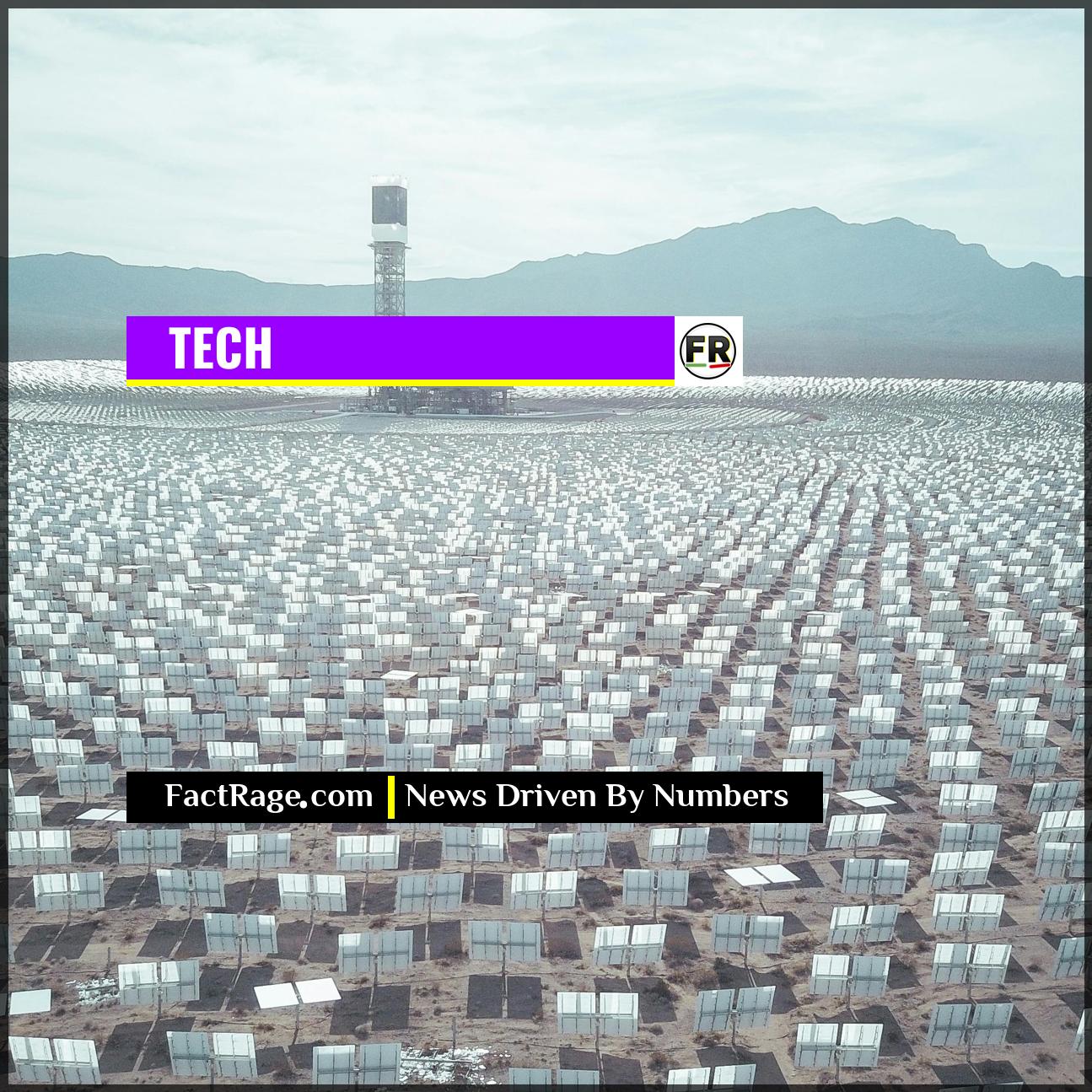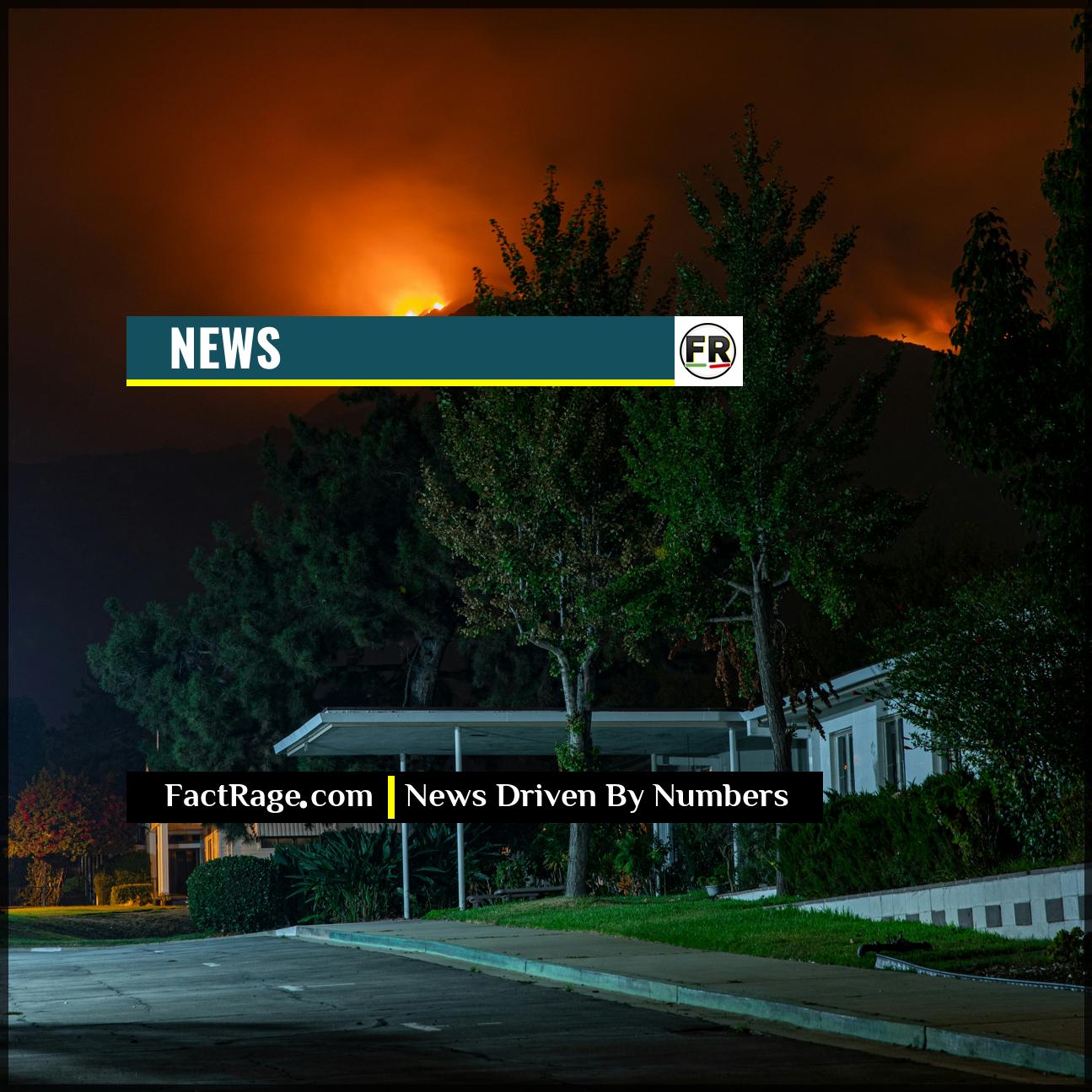WASHINGTON, DC – The presidency of Donald Trump brought significant and often contradictory changes to the stewardship of America’s national parks and public lands, marked by both a landmark conservation funding law and the largest reduction of protected land in the nation’s history.
- Landmark Funding Bill – In 2020, Trump signed the Great American Outdoors Act, a bipartisan bill allocating up to $9.5 billion over five years to address deferred maintenance backlogs in national parks and other public lands.
- National Monument Reductions – In 2017, the administration significantly reduced the size of two national monuments in Utah—Bears Ears by 85% and Grand Staircase-Escalante by nearly 50%—opening previously protected areas to potential mining and drilling.
- Energy Development Focus – The administration prioritized energy development on public lands, with the Bureau of Land Management offering millions of acres for oil and gas leasing, a policy that often conflicted with conservation goals.
This complex record of simultaneous conservation funding and land-use prioritization creates a legacy that defies simple political narratives, requiring a closer look at the specific policies and their effects.
Beyond the Headlines: A Policy Tug-of-War
![]() Political legacies are rarely straightforward, and the Trump administration’s impact on public lands is a masterclass in contradiction. On one hand, it enacted a historic, bipartisan conservation funding law. On the other, it used executive power to execute the largest reduction of protected land in American history. These opposing actions demonstrate how different tools of governance—bipartisan legislation versus executive authority—can be used to pull policy in completely different directions, often at the same time.
Political legacies are rarely straightforward, and the Trump administration’s impact on public lands is a masterclass in contradiction. On one hand, it enacted a historic, bipartisan conservation funding law. On the other, it used executive power to execute the largest reduction of protected land in American history. These opposing actions demonstrate how different tools of governance—bipartisan legislation versus executive authority—can be used to pull policy in completely different directions, often at the same time.
Read On…
Here, we break down the key legislation, the use of the Antiquities Act, and the data behind one of the most polarizing environmental records in recent memory.
What Did the Great American Outdoors Act Actually Do?

One of the most significant environmental laws passed during the Trump administration was the Great American Outdoors Act of 2020. Championed by a bipartisan coalition in Congress, the law established the National Parks and Public Land Legacy Restoration Fund, providing up to $1.9 billion per year for five years—a total of $9.5 billion—to address the massive deferred maintenance backlog plaguing the National Park Service and other federal land agencies.
This backlog consists of long-delayed repairs to roads, bridges, trails, water systems, and visitor centers across the country, estimated at the time to be nearly $12 billion for the National Park Service alone. The act also guaranteed full, permanent funding for the Land and Water Conservation Fund at $900 million annually, a long-sought goal for conservation advocates. The move was widely praised, though some environmental groups pointed out the irony that the restoration fund is paid for by revenues from federal offshore oil and gas leases.
Why Were Two Utah National Monuments Reduced?
In December 2017, the Trump administration took an unprecedented step in public land management by drastically reducing the size of two national monuments in Utah. Invoking the authority of the Antiquities Act of 1906—the same law used to create the monuments—the administration shrank Bears Ears National Monument by about 85% and Grand Staircase-Escalante National Monument by nearly half. The total reduction amounted to approximately 2 million acres.
The stated justification for this action was to correct what the administration termed federal overreach and to return management authority to state and local governments. Proponents argued the original monument designations were too large and restricted local economic activities like grazing, mining, and energy development. The move immediately drew legal challenges from a coalition of environmental groups and Native American tribes who argued the president lacked the authority to shrink monuments established by predecessors. The Biden administration later restored the original boundaries of both monuments in 2021.
How Did Energy Policy Shape Public Land Use?
A central theme of the Trump administration was an “energy dominance” agenda, which had a direct impact on the management of public lands. The Department of the Interior, particularly the Bureau of Land Management (BLM), was directed to prioritize and streamline oil and gas leasing. During this period, the BLM offered millions of acres of public land for lease, often in areas adjacent to national parks or in sensitive wildlife habitats.
This policy direction created inherent conflicts between resource extraction and conservation. In addition to leasing, the administration enacted regulatory changes that critics argued weakened environmental protections. This included revisions to the implementation of the Endangered Species Act and the National Environmental Policy Act (NEPA), which requires federal agencies to assess the environmental impact of their proposed actions. These policy shifts represented a clear philosophical realignment, viewing public lands primarily through a lens of economic and energy potential.
The Push and Pull of Public Land Policy
![]() Ultimately, the Trump administration’s record on public lands serves as a case study in competing political philosophies. The passage of the Great American Outdoors Act demonstrates the power of bipartisan consensus on popular issues like park maintenance, while the monument reductions highlight the executive branch’s ability to unilaterally reshape land use priorities. This legacy underscores the enduring tension in American governance between conservation and resource development, a conflict that continues to define the legal and political battles over the nation’s shared spaces.
Ultimately, the Trump administration’s record on public lands serves as a case study in competing political philosophies. The passage of the Great American Outdoors Act demonstrates the power of bipartisan consensus on popular issues like park maintenance, while the monument reductions highlight the executive branch’s ability to unilaterally reshape land use priorities. This legacy underscores the enduring tension in American governance between conservation and resource development, a conflict that continues to define the legal and political battles over the nation’s shared spaces.













